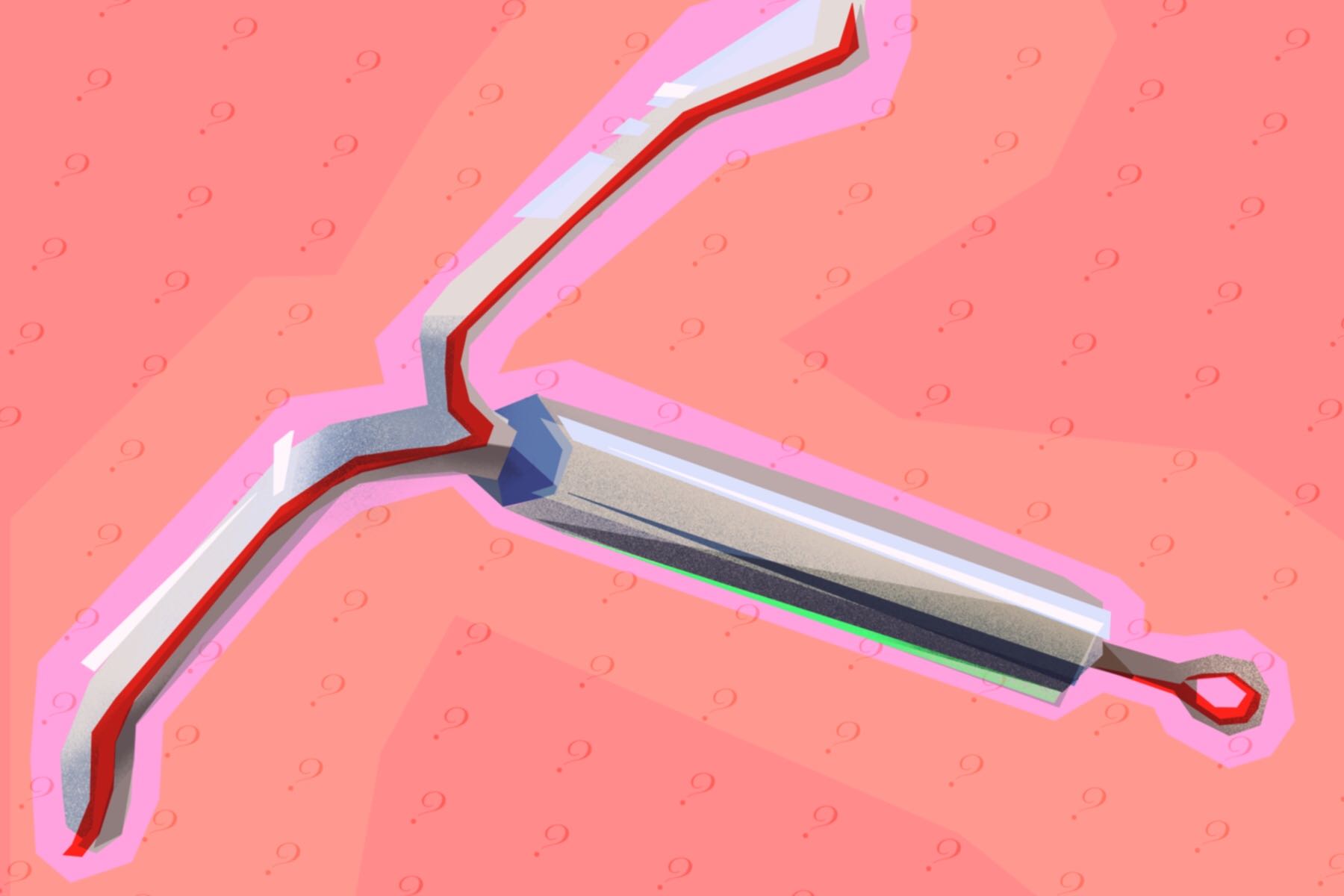In the modern world, with our incredible medical advancements, there are a lot of different options of birth control available. From the pill to the patch, there are about 18 ways to prevent pregnancy, but the most effective form of birth control is the intrauterine device, or, IUD.
It is a small piece of flexible plastic shaped like a “T” that is 99% effective at preventing pregnancy. IUDs are also low maintenance, meaning that once you have it inserted, you are set for a number of years depending on the kind you get.
There are hormonal IUDs, such as Mirena, Kyleena, Liletta and Skyla, that can help make periods lighter or even stop them altogether. If you suffer from severe menstrual cramps, a hormonal IUD might be something to keep in mind. The other kind of IUD is called Paragard, and is made of copper. Some people prefer this kind because it doesn’t use any hormones and can be used as an emergency contraceptive, as long as you get one within five days of having unprotected sex.
For most people, getting the IUD inserted is the hardest part, but it can be done in a doctor’s office or health care clinic, and usually takes less than 15 minutes. The IUD is inserted through the cervix into the uterus. Everyone is different, and not every experience is the same, but women who have had children usually find the procedure less painful than those who have not.
It is suggested that you get an IUD during the middle of your period, when the cervix is naturally open, to make it less painful. Take a friend along to your IUD appointment as well; some people feel faint or dizzy after having one inserted, so having someone to drive you home is a good idea.
The side effects of an IUD can include cramping and backaches for a few days after insertion, as well as irregular periods and spotting; additionally, the copper IUD can cause heavier periods and worse cramps. These side effects usually go away in three to six months, once your body has gotten accustomed to it, but in the meantime, you can take pain medicine for the aches that an IUD causes, just the same as any other cramps.
There are possible risks with this form of birth control, like any other, but serious problems are pretty rare. It is possible for the IUD to slip out, and if this happens, you can get pregnant, and it will have to be removed. While possible, it is extremely unlikely to get pregnant when the contraceptive device is inserted properly.
Like other forms of birth control, an IUD does not protect you against sexually-transmitted diseases. Using a condom is highly recommended, no matter what kind of birth control you might be on.
An IUD’s lifespan will vary, depending on what kind you get; however, it can be removed by a clinician at any time, with no lasting contraceptive effects. The hormonal IUDs can last between three to six years, while the copper one can last for up to 12.
Hormonal IUDs work right away, if they are inserted seven days after your period, or if you have it inserted during any other time of your cycle, it’ll reach peak effectiveness after seven days; the copper IUD works almost immediately after insertion. Using a backup method of birth control, such as condoms, is always recommended after getting an IUD, but once you’ve got it in, you can have sex whenever you’d like.
An IUD removal doesn’t take too long; it has strings on the end of it that are a few inches in length, and a health care provider will gently tug on them until the IUD’s arms fold up, and it comes out. There might be some pain as it is coming out, and there’s also a small chance that it won’t come out easily, in which case special instruments are used to remove it. In very rare cases, you might need surgery to get it properly removed.
Most people feel fine after getting an IUD removed, although many experience some spotting . Unless you use another form of hormonal birth control afterward, your period will reset to your pre-IUD cycle. Pregnancy can happen right after removal, so it is important to use condoms or another form of birth control.
It is important to think over the different kinds of birth control options out there, because not all of them work for everybody. Each comes with its own side effects and risks, so it’s not a bad idea to study up on the one that you’d like to get. Ask your doctor if you have any questions or concerns about an IUD, or other birth control methods, if it feels like an IUD is not for you.
Of course, abstinence is the only 100% effective way to avoid pregnancy, but IUDs and other birth control options can be used for other reasons besides preventing an unwanted pregnancy. However, it is also a smart idea to use birth control if you’re sexually active and want to do your best to prevent pregnancy.
Depending on your insurance provider, an IUD can cost anywhere from $1300 dollars to nothing at all, so it’s always a good idea to check in with your provider to see what they cover beforehand. Since there are different kinds of IUDs, it is a good idea to talk to a professional about which one would work best for you and go from there.
















